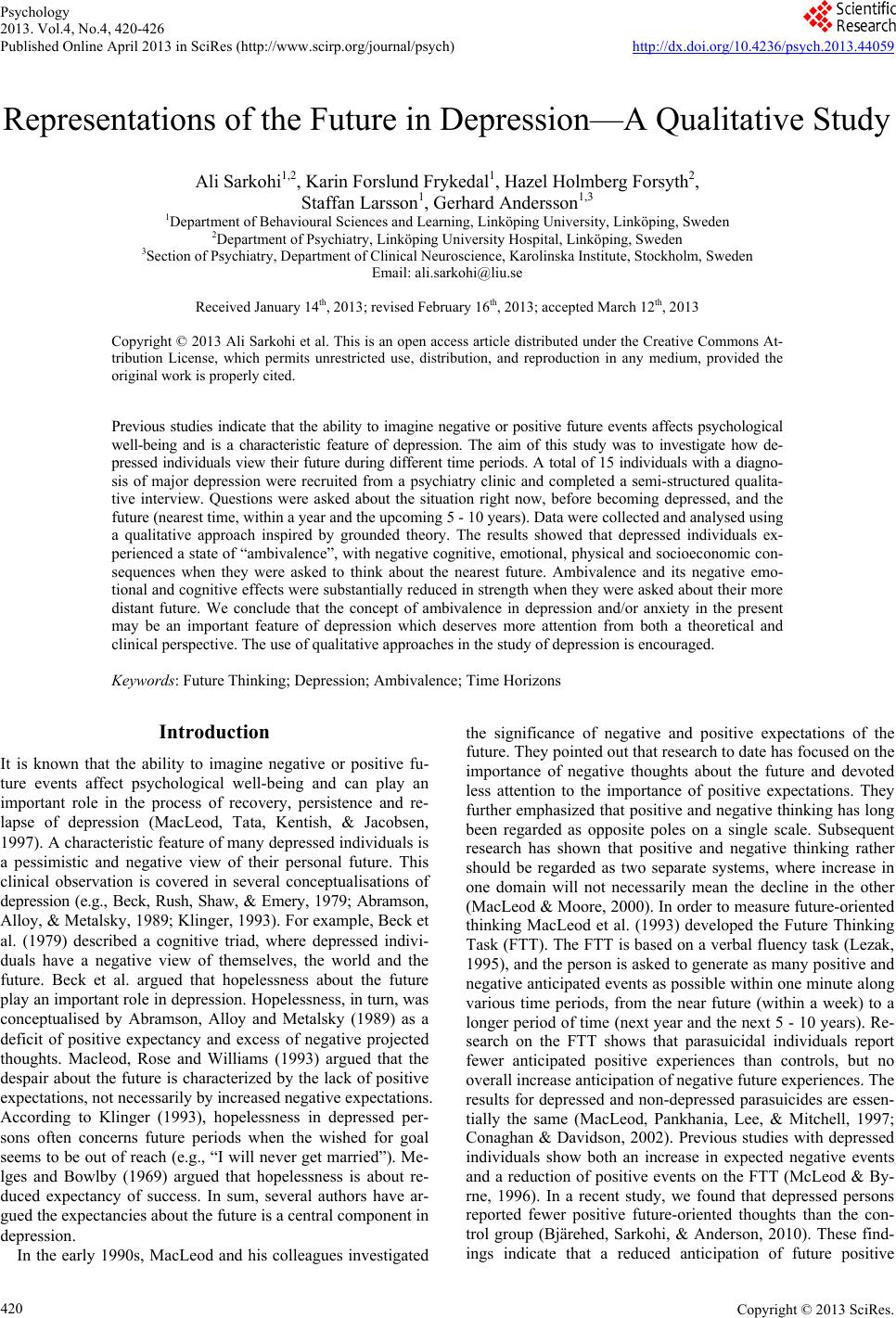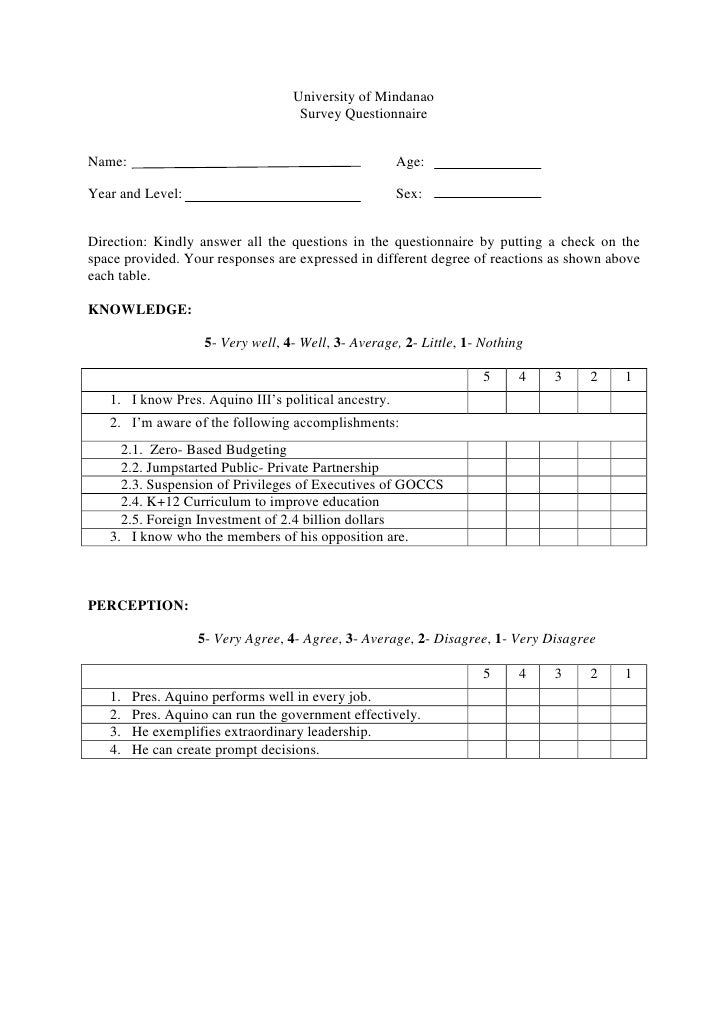Teaching Strategies - Speech and Language Disorders.
Students with speech impairments may be difficult to understand and experience problems expressing ideas. These students may be reluctant to answer questions in class, and in particular, give presentations individually or in a group. Educators must be patient and encourage the student to participate in classroom activities, giving her adequate.
Be aware that if children have muscular disorders, hearing problems, or developmental delays, their acquisition of speech, language, and related skills may be affected. Use augmentative communication systems to ensure that nonverbal students and students with severe physical disabilities have effective ways to communicate.

As a member, you'll also get unlimited access to over 79,000 lessons in math, English, science, history, and more. Plus, get practice tests, quizzes, and personalized coaching to help you succeed.

Three main avenues of support for students with expressive language disorder are through the use of concrete methods in communication, modeling expected language use, and adjusting the behavioral.

Effective Classroom Strategies for the Student with Language Difficulty. Effective classroom strategies really grew from a combination of sources. The tips outlined are a compilation of ideas from experienced teachers, text-books and from my own background and understanding.

Speech or Language Impairment (SLI) Strategies. It is important to implement strategies that address the needs of the individual. We recommend that you apply these strategies across home, school, and community contexts. Go to the Site Map for a full list of resources and activities!

Practical Recommendations for Teachers: Language Disorders 2 5. Utilize Language Experience Programs that integrate listening, speaking, reading and writing. Such approaches coordinate all aspects of the language process into a meaningful experience for the student. 6. Utilize multi-sensory modes of teaching which include visual, auditory.

Speech and language pathologists now work closely with other school professionals and parents in a team model, using a combination of direct and indirect service methods to assist students with communication disorders. In addition to providing individual or group therapy, they may also collaborate with classroom teachers to develop modifications and strategies for students within the classroom.

Hello! I am Hallie Sherman, and I am a licensed speech-language pathologist. I am excited to be here today to share some strategies for classroom teachers to use in their classrooms to promote communication (for ALL students, not just those receiving speech). Thank you, Rachel, for allowing me this opportunity to share strategies on your blog!

Teaching Students with Speech Disorders Discover new resources and ideas for teaching children with speech and language disorders. Disorders of this kind can manifest in several different ways; some of the more common include stuttering, apraxia and others.

Teaching Students With Communication Disorders offers tools to help teachers identify communication disorders, distinguish speech from language impairments, reduce common communication problems, and eliminate negative stereotypes. Providing a pre-test, post-test, key vocabulary terms, and additional resources to help teachers and speech.

Students with speech and language difficulties will benefit from a classroom and curriculum that is differentiated. Including strategies that highlight the strengths of these students will help them maximize their success academically and socially. Below are a few strategies and tips to support speech and language exceptionalities in the classroom.

Language disorders may be related to other disabilities such as intellectual disability, learning disability, autism, or cerebral palsy. It is estimated that communication disorders (including speech, language, and hearing disorders) affect one of every 10 people in the United States.


